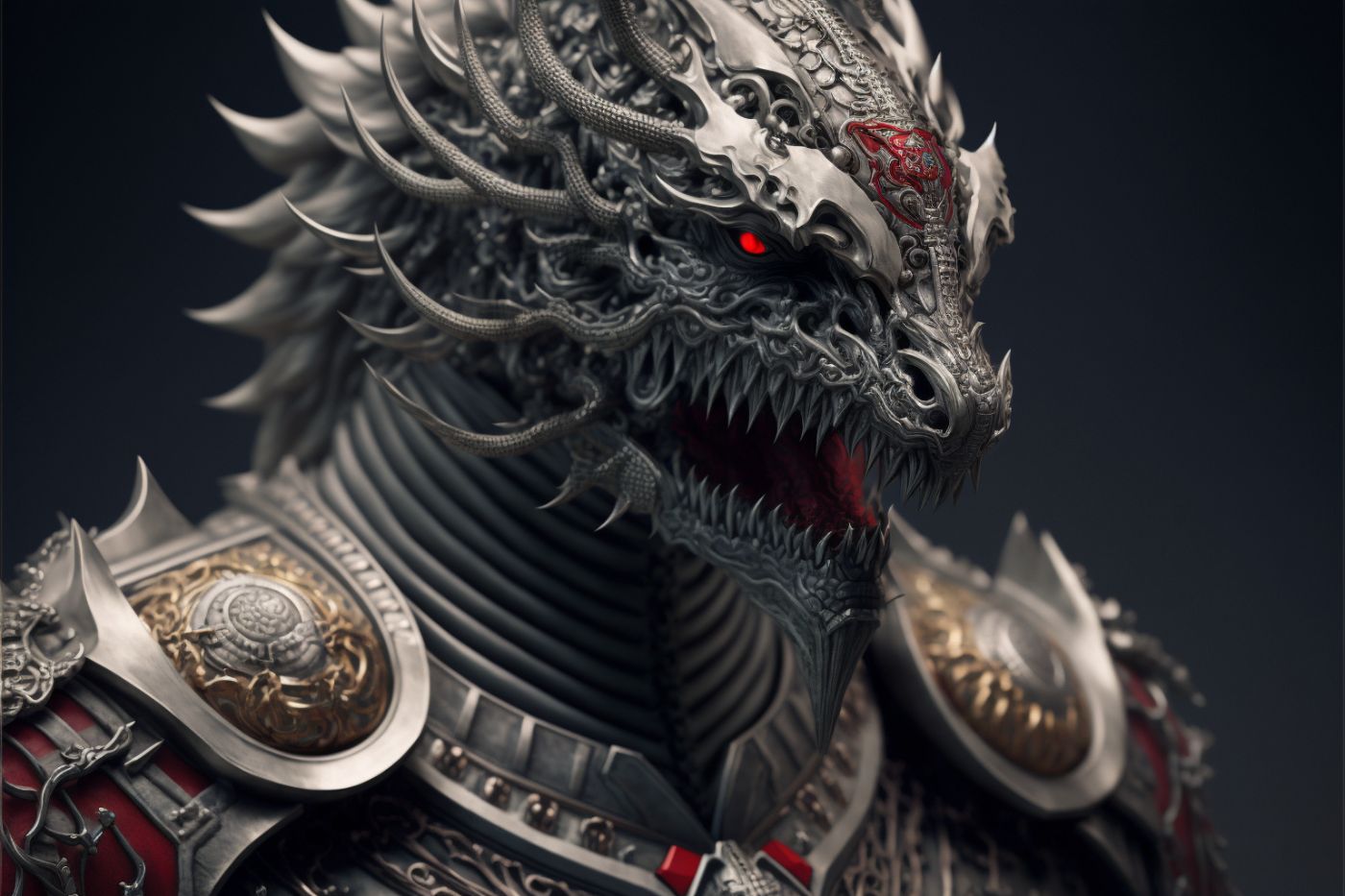338 reads
The Bitcoin Ecosystem Explosion and Hidden Gems in the Inscription Craze🤑🤑🤑
by
December 15th, 2023
Audio Presented by

Middle-aged and determined to reinvent myself in the world of programming
Story's Credibility



About Author
Middle-aged and determined to reinvent myself in the world of programming
